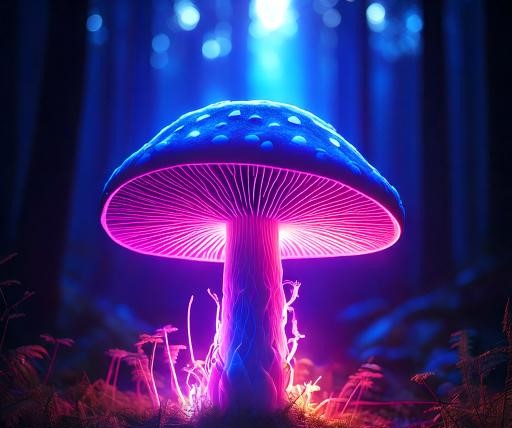Hallucinogenic mushrooms, also known as “magic mushrooms,” have been used for thousands of years in religious and spiritual practices. Today, their use has become more widespread, with many young people experimenting with these mushrooms to enhance experiences, seek visions, or simply for fun. But how safe are they really?
Two Main Types of Hallucinogenic Mushrooms
Hallucinogenic mushrooms can be grouped into two main categories:
- Mushrooms containing ibotenic acid and muscimol: These mushrooms are known for their powerful psychoactive effects, but they are also highly toxic in larger amounts. (For example: Amanita muscaria)
- Mushrooms containing psilocybin: These mushrooms are often the ones associated with the vivid hallucinations people experience, and they’re being studied for their potential therapeutic benefits in controlled environments.
How Mushroom Poisoning Happens
For many, experimenting with hallucinogenic mushrooms is intentional, but accidents can happen. Some people, especially who are beginners or inexperienced at gathering wild food, may mistakenly pick toxic mushrooms while looking for edible ones. Others, including children, might eat wild mushrooms they find in the backyard, not knowing the dangers.
Symptoms of hallucinogenic mushroom poisoning usually start within five hours of ingestion and include nausea, vomiting, hallucinations, and confusion. In some cases, though rare, severe symptoms like seizures or coma can occur.
The Aftermath: What Happens in the Body?
Mushrooms like Amanita muscaria contain chemicals that impact the brain’s receptors, leading to vivid hallucinations, panic attacks, or intense feelings of relaxation. In contrast, psilocybin mushrooms act on serotonin receptors, similar to how LSD affects the brain, creating altered states of perception. While some effects are sought after, others can be dangerous.
The good news is that most cases of mushroom poisoning are not life-threatening. Symptoms usually last between 6-8 hours, but in some cases, it may take days to fully recover. Treatment is mostly supportive, meaning doctors help manage symptoms like anxiety, seizures, or nausea until they pass.
Not Just a Trip: Real Risks to Know
While the idea of trying magic mushrooms may sound appealing to some, the risks should not be overlooked. Misidentifying mushrooms can be deadly, and even if you find the right kind, the experience can sometimes lead to panic, confusion, or long-term psychological effects. In some cases, serious health issues like heart problems or kidney damage have been reported.
Is It Worth It?
While controlled studies suggest psilocybin could have therapeutic potential, self-experimentation with these mushrooms can lead to unintended consequences. So, before you consider exploring the world of hallucinogenic mushrooms, ask yourself: Is the temporary high really worth the risks?
Lilla Harsányi




